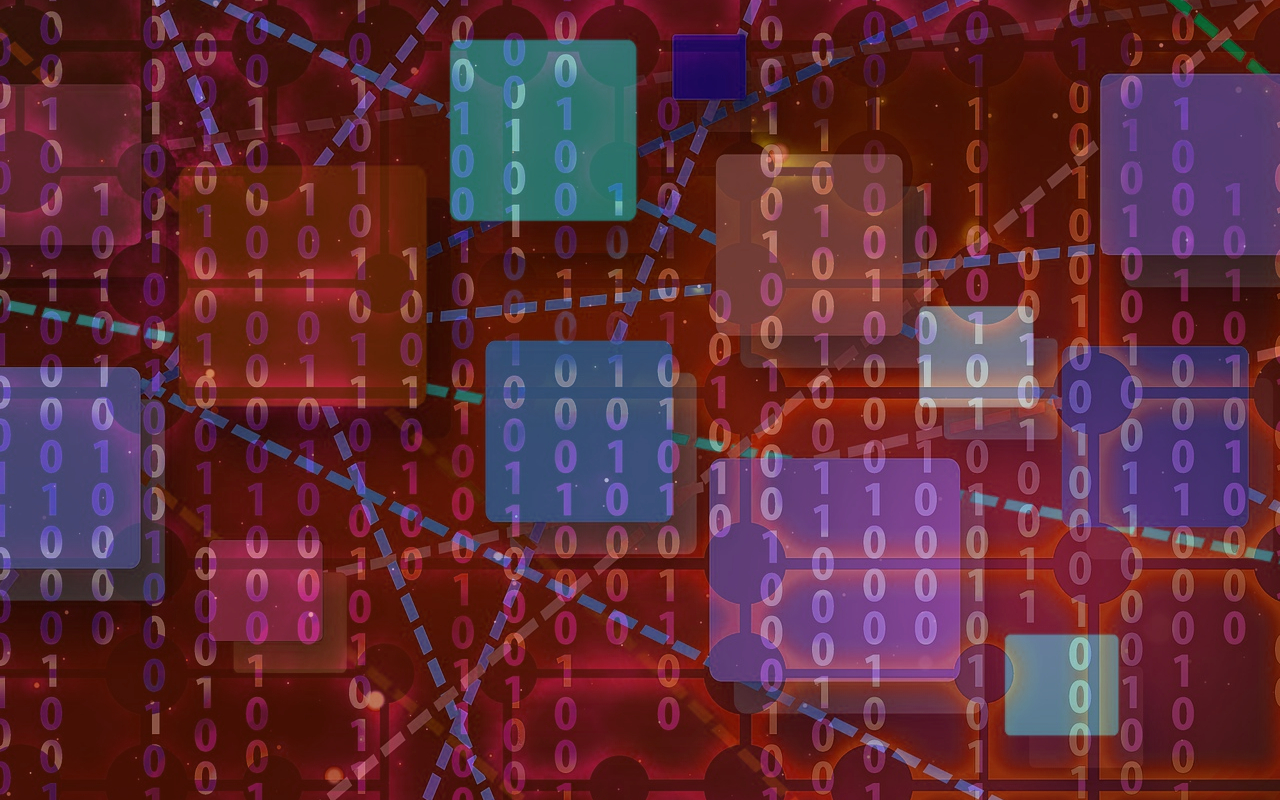Gangnam Jjim-O Homepage Security as a Guide to Personal Cybersecurity Protection
The Gangnam Jjim-o homepage (강남 쩜오 홈페이지) incorporates advanced security protocols to protect client privacy and maintain the confidentiality that defines premium hospitality services. They recognize that online security directly impacts customer trust and business reputation. Hence, it is integral to implement multiple layers of protection including:
- Encrypted communications
- Secure payment processing
- Robust data management systems
Professional websites handling sensitive client information must maintain the highest security standards to prevent unauthorized access, data breaches, and privacy violations. If compromised, customer safety and business can be at risk. The establishment’s commitment to digital security reflects broader industry recognition that cybersecurity has become essential for protecting both business operations and customer relationships. These same principles of proactive protection, multi-layered security, and constant vigilance that safeguard business websites apply directly to personal cybersecurity practices that individuals must adopt to protect their digital lives from increasingly sophisticated online threats.
Understanding Modern Cyber Threats
Cybercriminals employ diverse tactics to access personal information, financial accounts, and digital devices through phishing emails, malicious websites, and social engineering techniques designed to exploit human psychology rather than technical vulnerabilities. Attack methods evolve constantly as security measures improve, requiring ongoing education and adaptation to recognize new threats before they cause significant damage to personal or financial security.
Strong password creation involves combining random words, numbers, and symbols in patterns that resist automated cracking attempts while remaining memorable for legitimate users. Length proves more important than complexity for password strength.
Password managers generate and store unique passwords for every account, eliminating the security risks associated with password reuse while simplifying login processes through encrypted auto-fill capabilities.
Authentication Method Diversity

Text message verification provides basic second-factor protection, though authenticator applications offer superior security against SIM swapping attacks that intercept SMS messages through telecommunications vulnerabilities. Hardware security keys represent the most secure authentication method, using cryptographic protocols that cannot be duplicated or intercepted remotely, making them ideal for protecting high-value accounts.
Secure Communication Practices
Email encryption ensures that message contents remain private during transmission and storage, preventing unauthorized access even if communications are intercepted or email accounts are compromised.
Messaging applications with end-to-end encryption protect conversation privacy from service providers, government surveillance, and criminal access attempts that target centralized communication platforms.
Network Security Management and Software Maintenance
Home router security requires changing default passwords, enabling automatic firmware updates, and configuring guest networks that isolate visitor devices from personal computers and smart home equipment. Public Wi-Fi protection involves using virtual private networks (VPNs) to encrypt internet traffic when connecting through untrusted networks in cafes, hotels, airports, and other shared connectivity environments.
Operating system updates include security patches that address newly discovered vulnerabilities, making prompt installation essential for maintaining protection against emerging threats that target unpatched systems.
Application updates often contain security improvements alongside new features, requiring regular maintenance schedules that balance convenience with protection needs for all installed software programs.
Data Backup and Recovery Planning
Regular backup schedules protect against ransomware attacks, hardware failures, and accidental deletion by maintaining current copies of important files in separate, secure locations that cannot be accessed by malware or unauthorized users.
Cloud storage security requires understanding provider encryption practices, access controls, and geographic data storage locations to ensure backup systems meet personal privacy and security requirements. Recovery testing verifies that backup systems function correctly before emergency situations arise, preventing data loss through inadequate preparation or system failures during critical moments.









